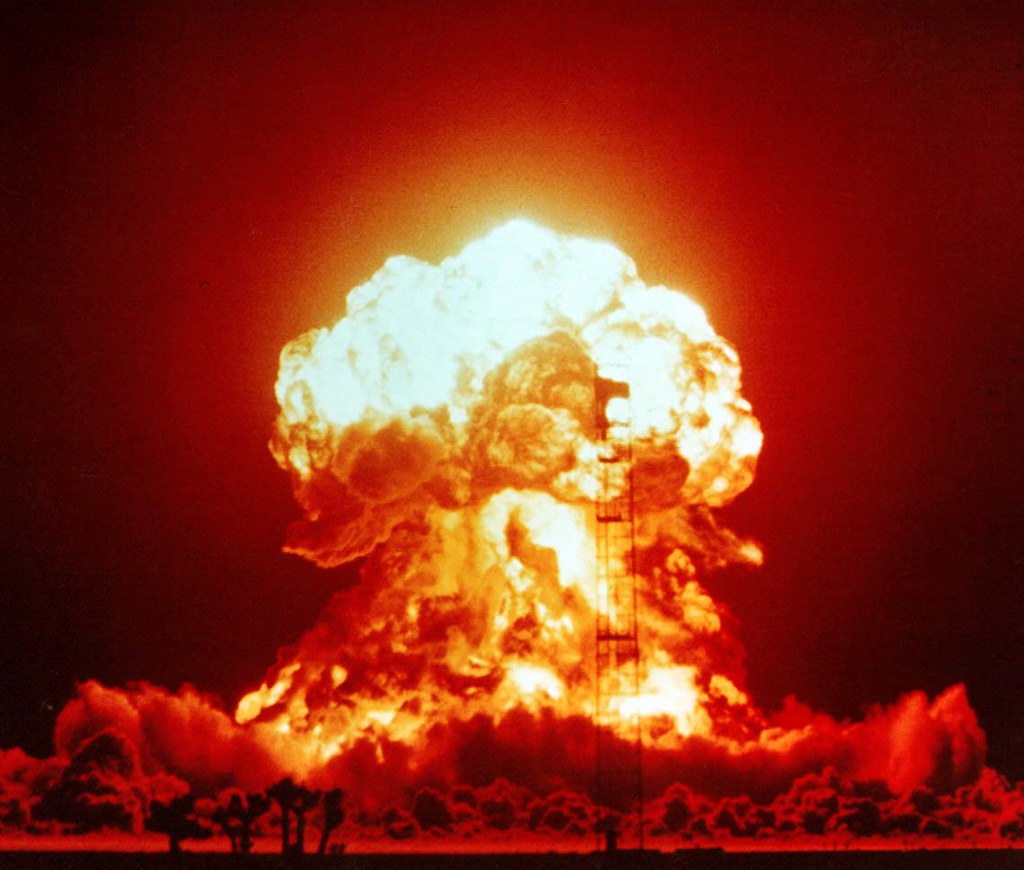Hundreds are killed and thousands are left homeless after earthquake
As buildings crumbled throughout Amatrice, one stood seemingly untouched. A 13th century bell tower was able to withstand the violent shaking of an earthquake with no apparent damages to the structure. However, with a closer look, one detail stands out. The hands on the clock are permanently fixed on the three and seven, marking the hour and minute when thousands of buildings were destroyed and hundreds of lives were lost: 3:36 a.m.
Italy was struck by a severe earthquake with a magnitude of 6.2 on Wednesday, Aug 24. About 290 people have died from collapsed structures and hundreds were injured. Over 4,000 rescuers have been sent out to find and help victims, and over 200 missing citizens were discovered in the d ays following the earthquake.
ays following the earthquake.
This recent quake is only .3 less in magnitude than the San Simeon earthquake that struck Paso Robles in 2003. Despite the greater magnitude, the death toll and injury counts of 2003 were far lower, with only two dead and 40 injured.
Only about 100 earthquakes of this severity occur annually worldwide, according to a study from Michigan Technological University. These types of earthquakes tend to leave poorly constructed buildings almost entirely demolished and cause moderate damage to well-built structures. Many structures in Italy are historical, so they are composed of unreinforced brick and concrete and therefore do not meet the architectural requirements to withstand a strong earthquake. With such fragile architecture, entire towns, such as Amatrice, shifted from scenic tourist spots to rubble over the course of a day. Thousands of locals have been left homeless after their homes were destroyed.
Former foreign exchange student, Annachiara Capriotti, was speechless when she heard the news. She described the event as “really hurtful and chaotic”, and feels sadness everyday for everyone affected.
Capriotti’ s family lives about 50 kilometers, which is just over 31.1 miles from the affected area, but no one in her hometown of San Benedetto del Tronto was injured. However, mild shaking occurred in her city. Capriotti was awakened in the middle of the night by the earthquake.
s family lives about 50 kilometers, which is just over 31.1 miles from the affected area, but no one in her hometown of San Benedetto del Tronto was injured. However, mild shaking occurred in her city. Capriotti was awakened in the middle of the night by the earthquake.
“I was so scared and about to cry. I ran to my parents’ bedroom and my dad told us to go to the safest part of our house. I was literally shaking,” said Capriotti.
Pasquale Carvisiglia, PRHS’s second Italian foreign exchange student of the 2015-2016 school year, was also in Italy at the time of the quake. However, his family of five and their s mall town of Carinaro in southern Italy were unaffected: “I’m okay, my city and [the surrounding] area are safe and sound,” Carvisiglia reported.
mall town of Carinaro in southern Italy were unaffected: “I’m okay, my city and [the surrounding] area are safe and sound,” Carvisiglia reported.
He does not personally know any victims of the earthquake, but he feels a strong loss for those who lost their lives.
“It feels like [my] friends were killed, even though I didn’t know them,” Carvisiglia described.
Luca Sturaro recently left his home in Torino, Italy, as one of this year’s foreign exchange students. He has never experienced an earthquake himself, knowing only that of others’ accounts of these incidents. When he was informed of the tremors by a friend back home, his first thoughts went to the citizens of Arquila and Amatrice, whom he knew were most severely affected.
“This was one of the two strongest earthquakes that I remember,” recalled Sturaro, thinking back to the 2009 tremor Italy faced.
Italy has suffered eight earthquakes since 2003, all of which have been moderate to severe. The nation faced one severe earthquake in 2009 and two severe ones in 2012. Twenty-seven people were killed and 400 were injured in 2012, whereas 2009 had the greatest death toll of any earthquake in Italy for several decades, with a total fatality count of 309, alongside an injury count of around 1,500. The recent earthquake is the second most severe earthquake of the past 13 years, with under 400 injured and around 290 dead.
Attempts have been made to rebuild the demolished cities, but the damage has proven far too substantial to be fixed in the near future. Around 2,500 citizens are living in temporary shelters until they can find a new home. Due to past issues in Italy with failure to rebuild after earthquakes, citizens have begun to fear that their cities may never be rebuilt. However, fifty million dollars have been promised to the city in hopes of rebuilding. If new structures are built, changes in building policy will be enforced to prevent vast amounts of collapsed buildings in the future.
With the current funding and public need for rebuilding, reconstruction looks promising, but cannot be confirmed. Past situations such as this seem to imply that structures will not be rebuilt in the near future if at all. If Italy falls into the decades-old pattern of delayed reconstruction, citizens will be forced to search for new homes, leaving behind the memories of their old lives, and taking nothing with them but nostalgia.







